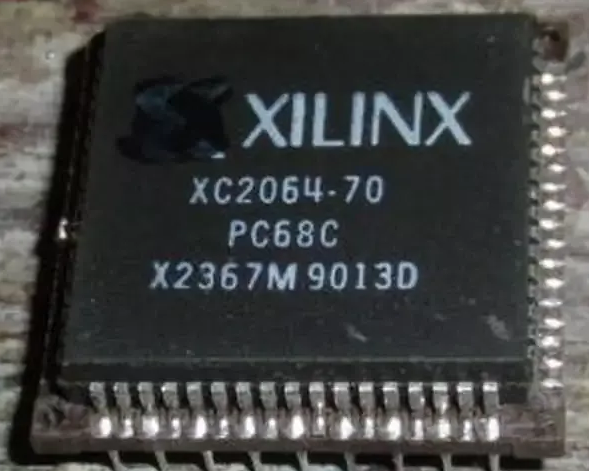Time: 2025-01-14 11:55:36View:
The XC2064, introduced by Xilinx in 1985, was the world’s first FPGA (Field-Programmable Gate Array). It was a groundbreaking innovation that fundamentally changed the landscape of digital design by introducing reconfigurable hardware. Here’s an in-depth look at the XC2064:

Logic Capacity:
Interconnect Structure:
Configuration:
Technology:
Package:
Performance:
Revolutionary Concept:
Reusability:
Applications:
Foundation of FPGA Technology:
| Feature | XC2064 (1985) | Modern FPGAs (2020s) |
|---|---|---|
| Logic Blocks | 64 CLBs | Millions of logic elements (LEs). |
| Configuration | Volatile SRAM | SRAM, Flash, or Antifuse-based. |
| Process Node | 2 microns | Down to 3nm (e.g., Xilinx Versal). |
| Performance | MHz-range operation | GHz-range operation. |
| Applications | Prototyping and small designs | AI, 5G, HPC, IoT, automotive, etc. |
The XC2064 was more than a technological product—it was a concept that redefined how digital systems are designed and built. Its legacy continues in the advanced FPGAs powering today’s most demanding applications.